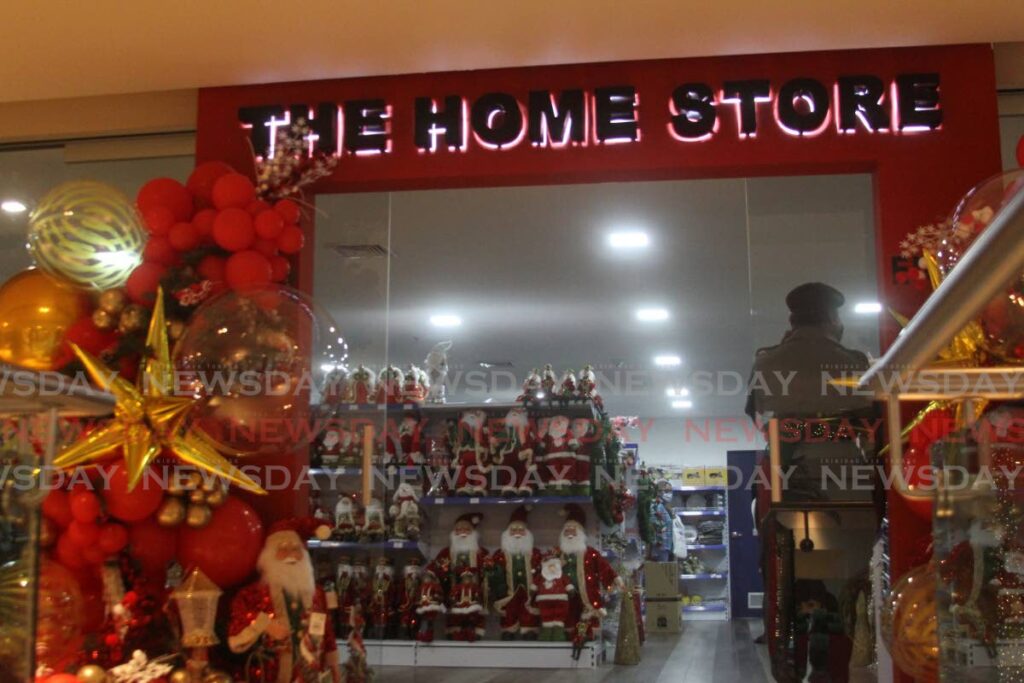LJ Williams Ltd, the parent company of The Home Store Ltd, has disclosed a slight enhancement in its financial performance for the six months ending September 30. Despite a decline in turnover from $73.30 million to $71.35 million compared to the previous year, the company has managed to reduce its losses. The group reported a pre-tax loss of $488,000, a significant improvement from the $974,000 loss recorded in the same period last year. According to the condensed financials released on November 6, the half-year sales amounted to $71.355 million, with an operating profit of $2.14 million, which was offset by finance costs of $2.63 million. After accounting for taxation and minority adjustments, the net loss attributable to shareholders was $867,000, with a total comprehensive loss of $875,000. Total assets were reported at $225.71 million, bolstered by non-current assets of $145.14 million and current assets of $80.57 million. Management credited the improved loss position to cost-cutting measures implemented in response to a challenging retail environment. Chairman Lawford Dupres noted that the reduction in losses represents an improvement over the previous year’s performance. He highlighted weaker consumer spending and limited access to foreign exchange as significant challenges for the distribution business. Operational adjustments included reducing the number of Home Store outlets to focus resources on higher-performing locations and lower overhead costs. The Home Store operation in Guyana exceeded budget expectations, while the Food & Allied division, the company’s mainstay, achieved a 7.5% sales growth. Conversely, the Hardware division experienced weaker sales, partly due to reduced exports, whereas the Shipping division saw a 17% increase in sales compared to the previous period. Retained earnings were $44.398 million, and reserves stood at $34.597 million. The group’s statement emphasized that foreign exchange availability will remain a critical factor for the import distribution business in the coming months, with management continuing to prioritize cost control and focus on outlets with greater potential.
